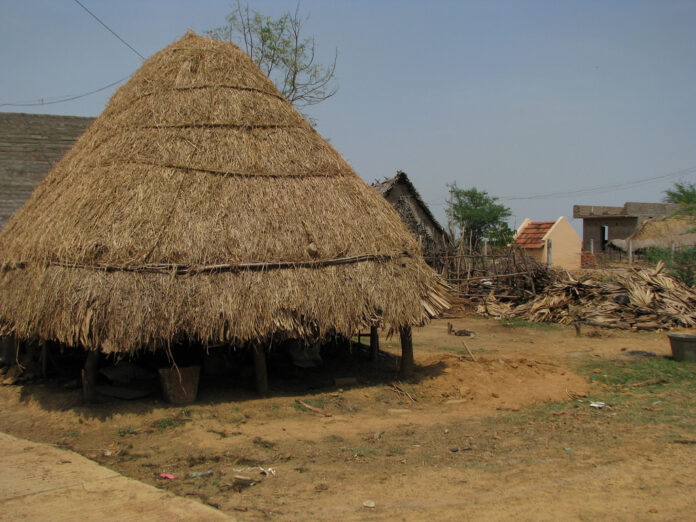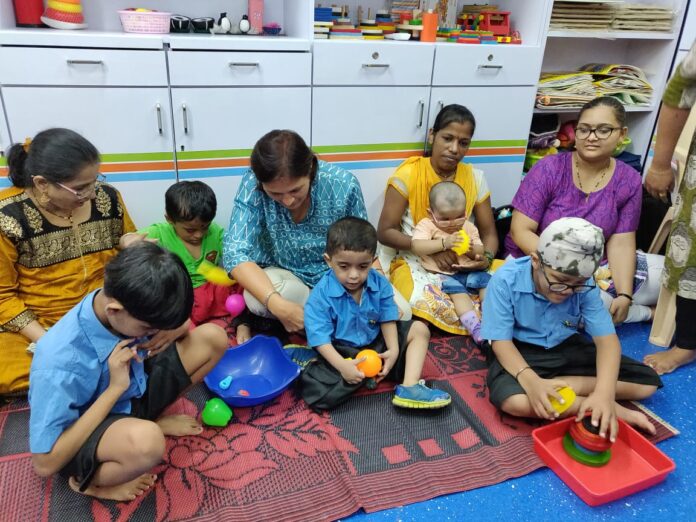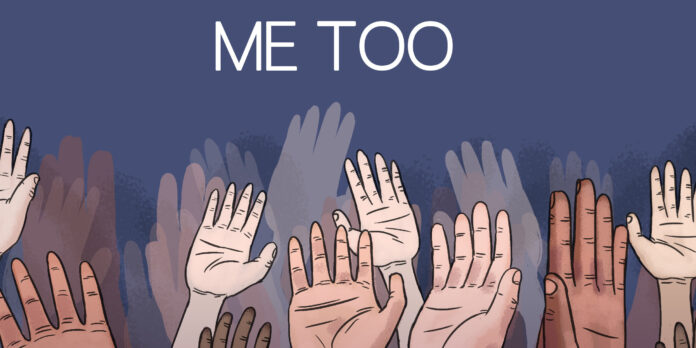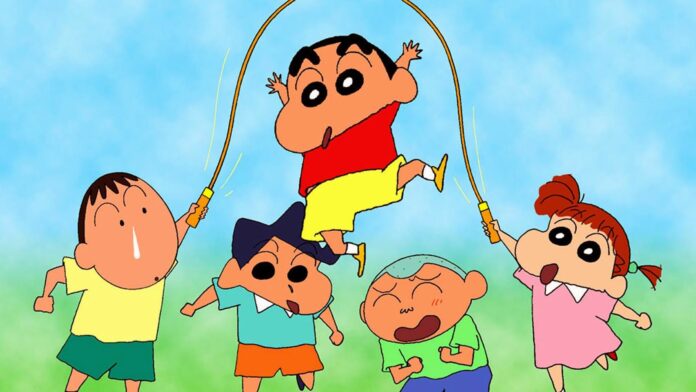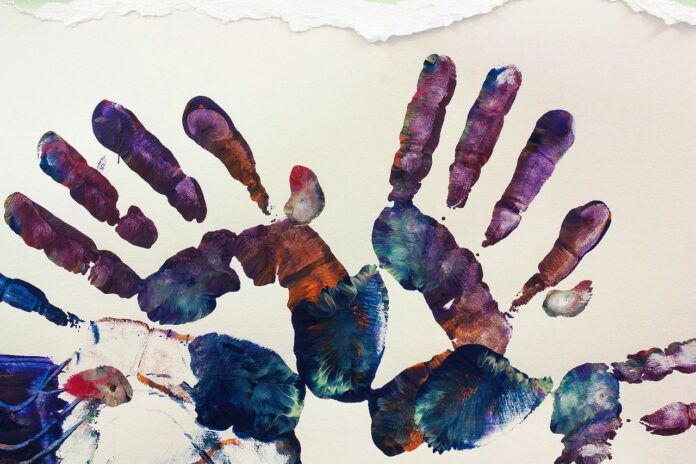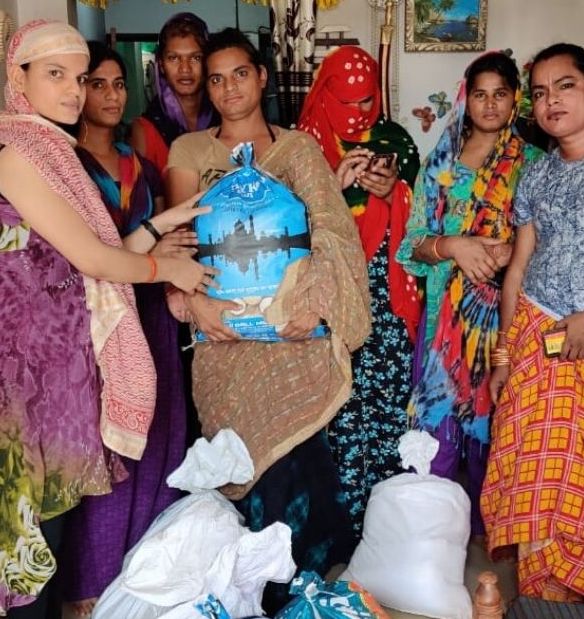Mercedes-Benz India has announced three unique initiatives in Pune aimed at rural development and will affect lives of over two thousand villagers. These initiatives include an E-lab facility at ITI Ghodegaon, a watershed conservation structure at Thakarwadi-Landewadi and the Draw Down Cultivation project in Ambegaon taluka.
Over the years, the company has focused on building future by taking up some sustainable business activities benefiting humanity and nature. The focus has been particularly on education, local skill development, health and sanitation, rural development and welfare, environment and natural resource management.
The E-lab facility to the students of ITI Ghodegaon will help them gain hands-on experience in digital learning and increase their competencies in a growing market. The facility accommodates around 45 students per class and 500 students every year for their digital learning and soft skill development. The lab will also act as a central training facility for all trainers of Industrial Training Institute of Maharashtra.
In line with the company’s effort to arrive at Natural Resource Management interventions the ‘Jal Yukta Shivar’ initiative by Honorable Chief Minister of Maharashtra, Shri. Devendra Fadnavis, to make Maharashtra state drought free, it undertook desiltation and renovation of existing traditional water sources that will cater to the needs of villagers throughout the year. Through the project, the company has renovated an existing dam in village Thakarwadi near Landewadi near Manchar, Ambegaon taluka. This will gather more water, which will benefit not only Thakarwadi but also six other downstream villages.
In order to create alternative livelihood for tribals from catchment of Dimbhe dam of Ambegaon Taluka, the company has initiated the Draw Down Cultivation project. Draw Down Cultivation (cultivation on floodplains), is the type of farming where, the dam backwater seasonally recedes which makes the fertile and uncultivated land optimal for cultivation of short maturing crops. This cultivation practice needs little irrigation requirements as the moisture is retained in the soil for a longer time. Around 400 families will benefit with this initiative.
Talking about these initiatives, Mr. Santosh Iyer, Vice-President, Customer Services & Corporate Affairs, Mercedes-Benz India said, “It is our constant endeavour to contribute back to the society, in our own way, under the ‘Mercedes for India’ initiative. As a responsible automaker and a conscientious corporate citizen, these novel initiatives of setting up an E-lab facility, renovating the water conservation structure and Draw Down Cultivation are just small steps towards helping the citizens of our country. We enable local people to actively participate in the project activities, wherein their inputs are valued the most. We believe in acting for the betterment of the society and the country at large and it will always be our continuous effort to give back to the society through varied initiatives in the future.”
The Draw Down Cultivation project is developed by Shashwat Trust, a Pune based NGO, where seasonal flood plains are utilised for short term farming purpose for tribal families who do not have enough livelihood options. Shashwat Trust has been internationally recognised by UNDPs ‘Equator Prize’ for their successful implementation of the project in tribal zone. Through Mercedes-Benz India’s CSR funds, the project targets to benefit another 400 tribal families from Ambegaon taluka of Pune.

